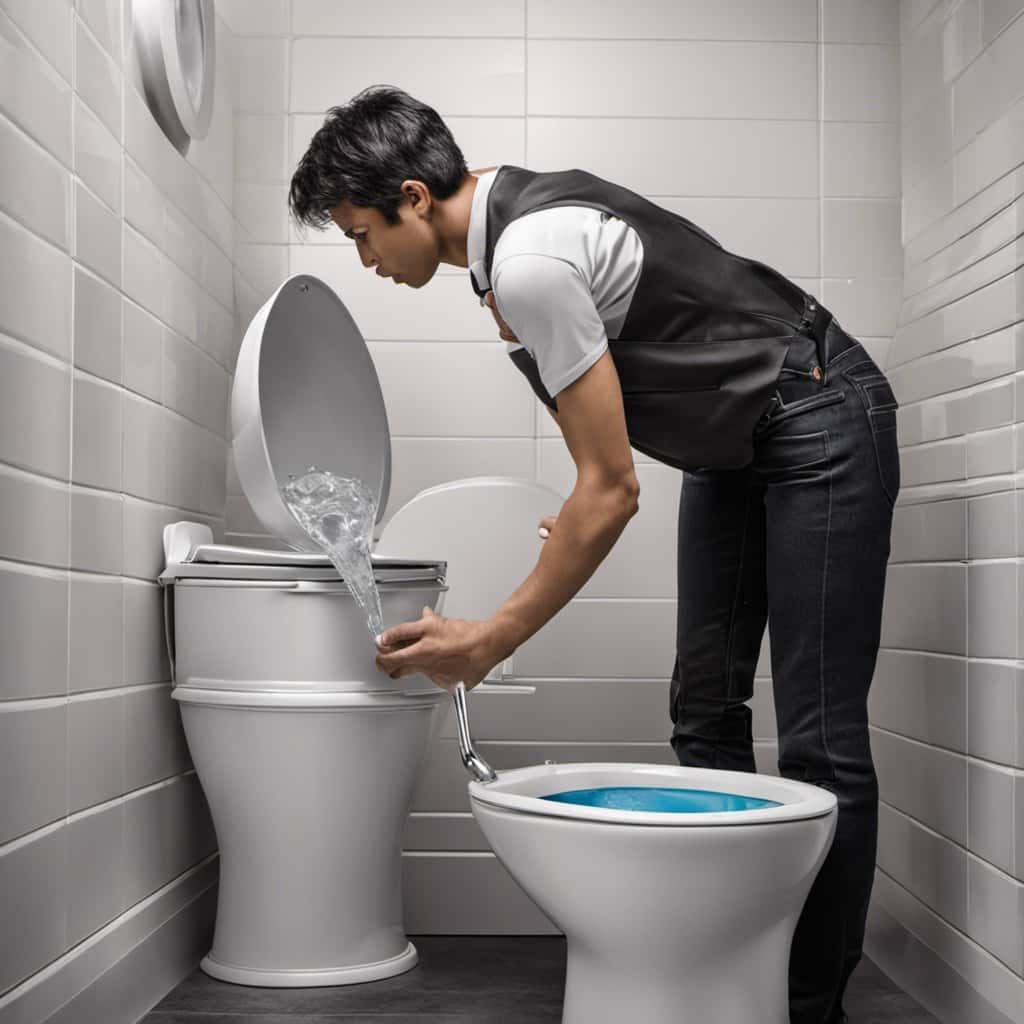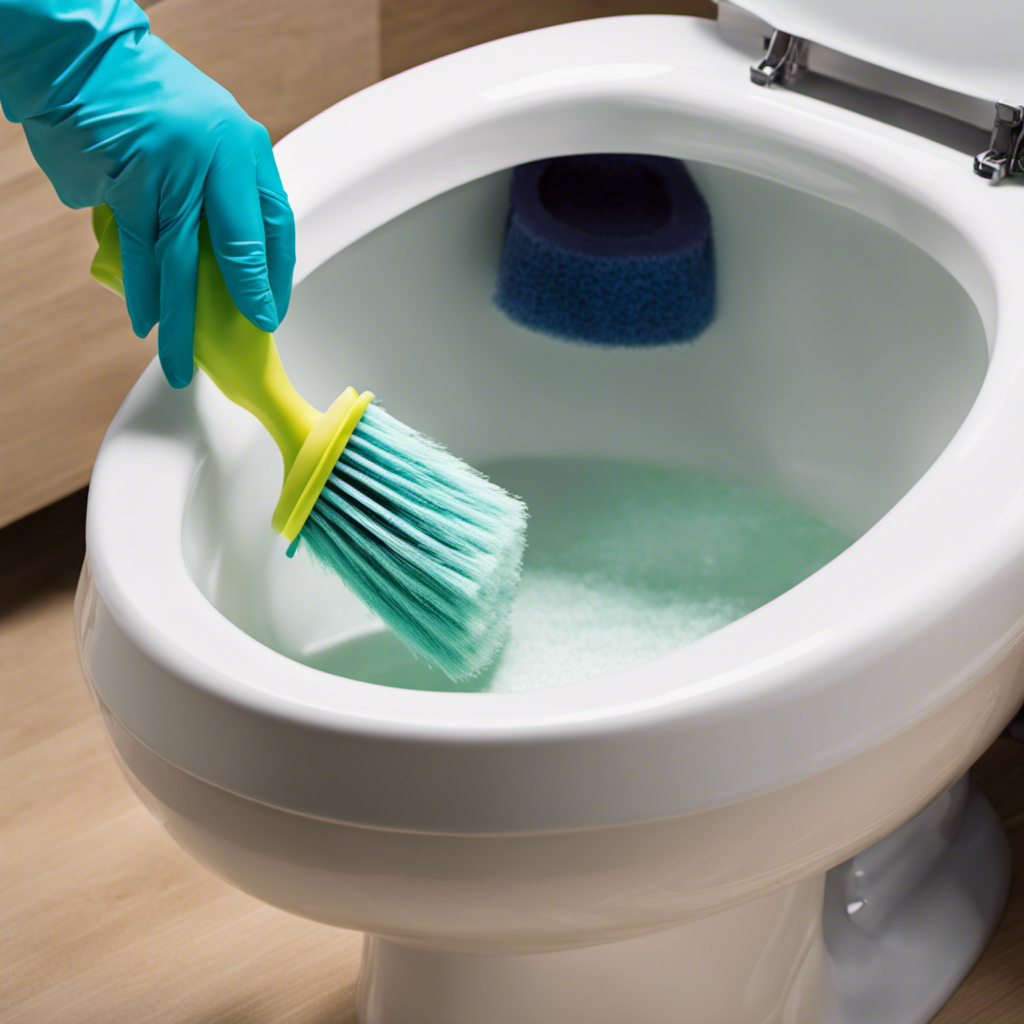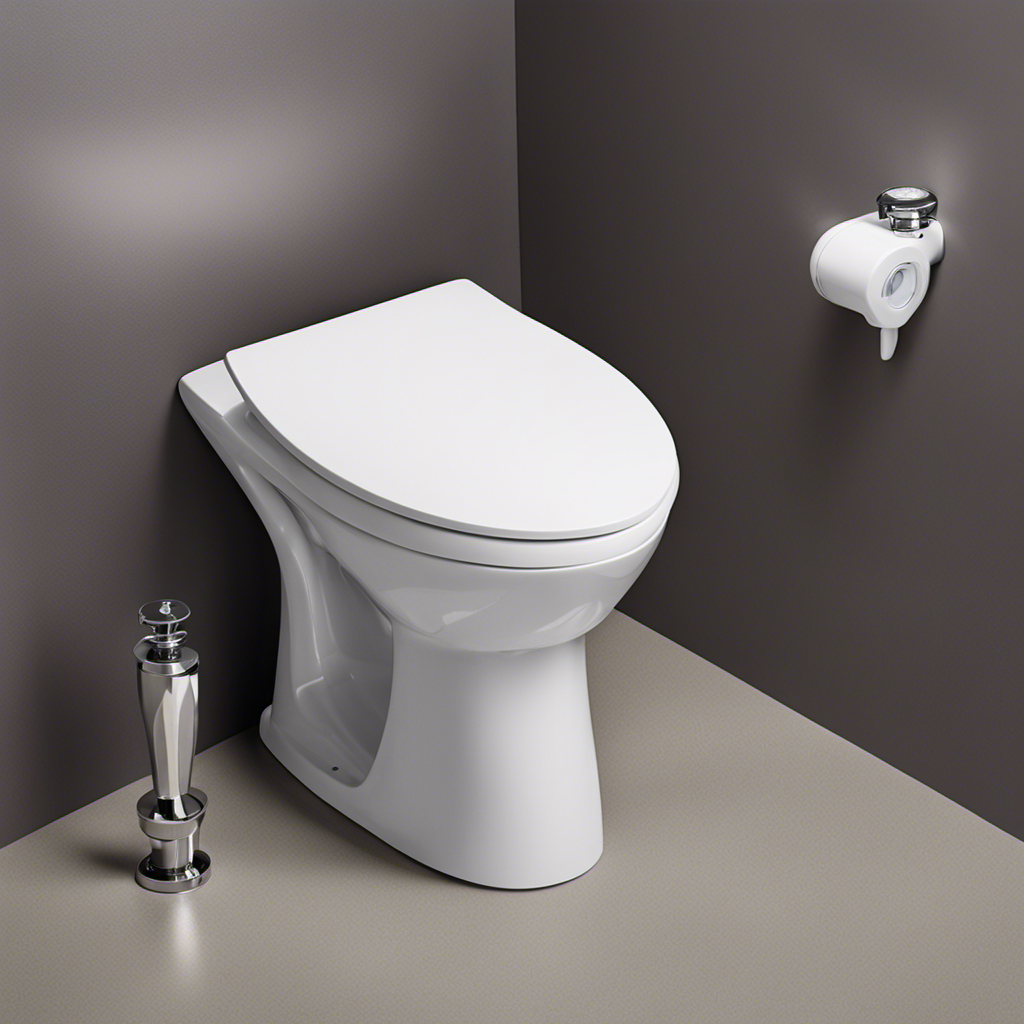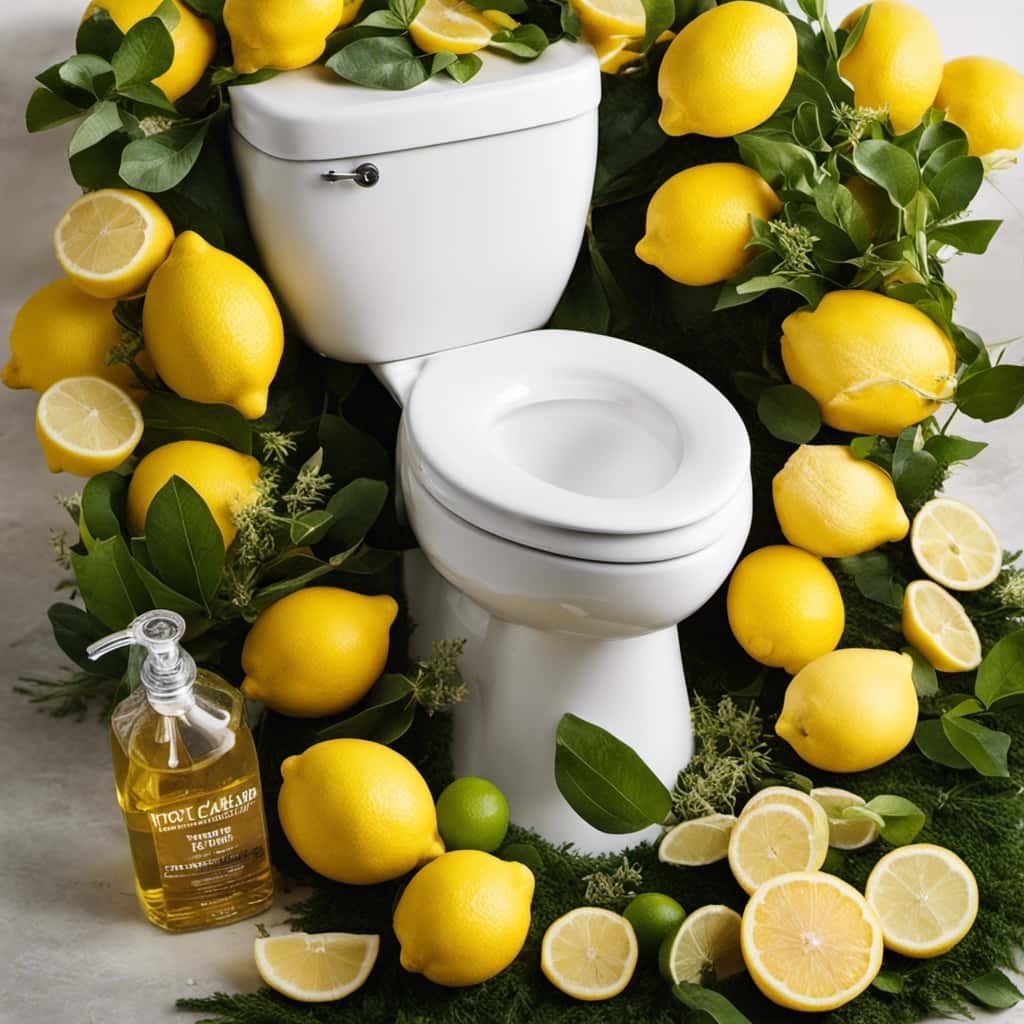Ever pondered if a constantly running toilet is a troubling signal? Fret not, for we are here to supply the insights necessary.
A running toilet can be a cause for concern, as it not only wastes water and increases your utility bills, but it can also lead to issues with water pressure, plumbing, and even potential water damage and mold growth.
In this article, we’ll explore the common causes and steps you can take to fix a running toilet. So, let’s dive in and tackle this problem together!
Key Takeaways
- Running toilets can waste up to 200 gallons of water per day, leading to higher water bills and contributing to water scarcity issues.
- A running toilet can decrease water pressure throughout the plumbing system, affecting other fixtures in the house and straining the local water supply.
- Ignoring a running toilet can lead to plumbing damage such as leaks and pipe bursts, as well as negative environmental impacts on water treatment plants and sewage systems.
- Constant water flow from a running toilet can weaken the toilet structure, increase the risk of water damage, and create an ideal environment for mold growth, posing health hazards.
Common Causes of a Running Toilet
One of the most common causes of a toilet running is when the flapper valve becomes worn or misaligned, allowing water to continuously flow from the tank into the bowl. This can lead to leaks and wasted water, which is both environmentally and financially undesirable.

Troubleshooting a running toilet involves checking the flapper valve for any signs of wear or damage. If the flapper valve appears to be worn, it may need to be replaced. Additionally, the chain that connects the flapper valve to the flush handle should be checked to ensure it’s properly connected and not too loose or too tight.
Other potential causes of a running toilet include a faulty fill valve or a problem with the float mechanism.
Potential Water Wastage and Cost
We need to consider the potential water wastage and cost associated with a continuously running toilet.
A running toilet can waste a significant amount of water, which not only leads to higher water bills but also has a negative environmental impact. The Environmental Protection Agency estimates that a running toilet can waste up to 200 gallons of water per day. This excessive water usage puts a strain on our water resources and contributes to water scarcity issues.

Additionally, the cost of water wasted due to a running toilet can quickly add up over time.
Impact on Water Pressure and Supply
When a toilet keeps running, it can have a negative impact on water pressure and supply. The constant flow of water can lead to decreased water pressure throughout the plumbing system, affecting other fixtures in the house.
Additionally, the wastage of water can strain the local water supply and potentially cause disruptions in the overall water availability.
It’s important to address a running toilet promptly to avoid these potential issues.
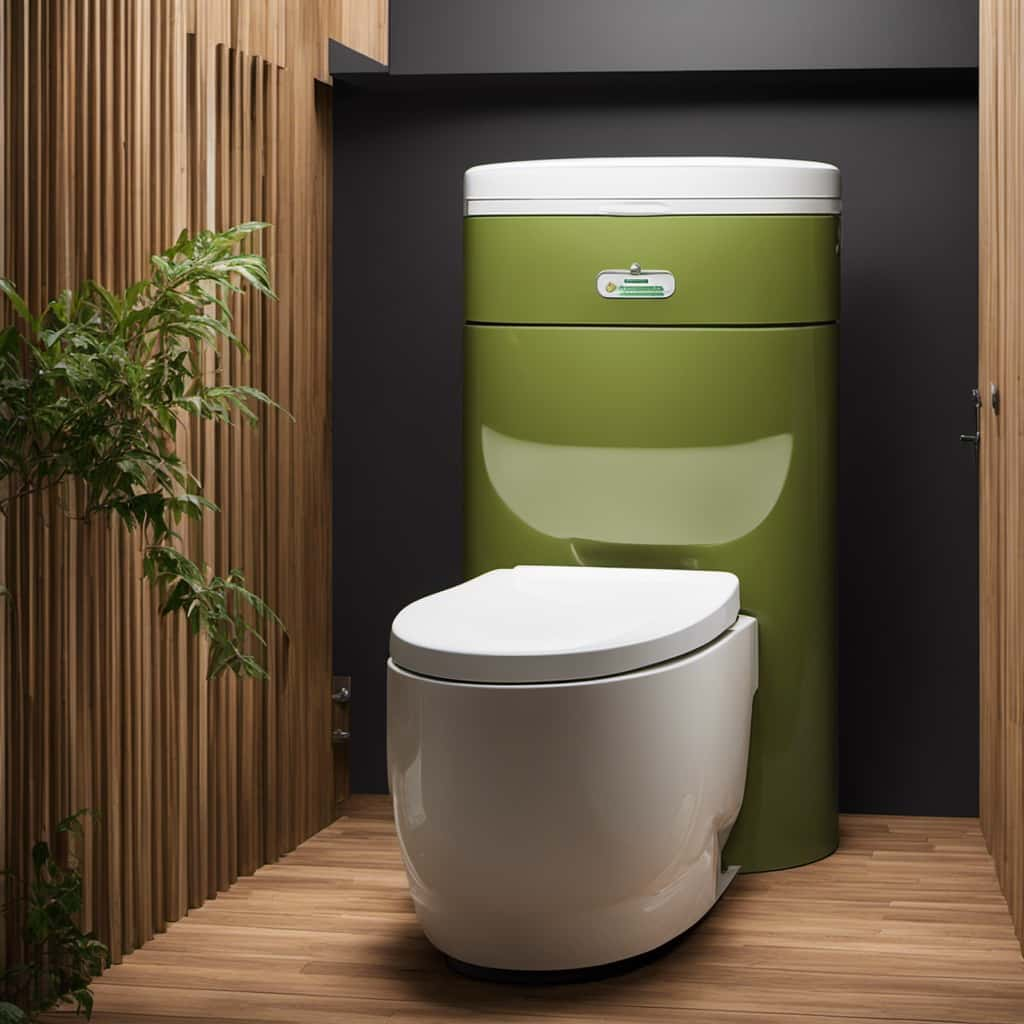
Decreased Water Pressure
A running toilet can lead to decreased water pressure, affecting the overall water supply in your home. This is especially true if you have low flow toilets installed as part of your water conservation efforts. Low flow toilets are designed to use less water per flush, but if your toilet is constantly running, it can disrupt the water pressure and flow.
When a toilet keeps running, it means there’s a problem with the flushing mechanism, such as a faulty flapper valve or a worn-out fill valve. These issues can cause water to continuously flow into the toilet bowl, leading to decreased water pressure in other areas of your home.
It’s important to address a running toilet promptly to ensure proper water pressure and conservation.
Water Wastage Concerns
Excessive water wastage from a running toilet significantly impacts the water pressure and supply in our homes. Here’s how it affects us:

- Reduced water pressure: When a toilet keeps running, it continuously draws water from the supply line. This reduces the water pressure available for other household activities like showering, washing dishes, or watering plants.
- Increased water bills: Wasted water from a running toilet leads to higher water bills. By fixing the issue, we can conserve water and save money.
- Environmental impact: Running toilets contribute to water wastage, which is detrimental to the environment. Conserving water is crucial for sustainable living and minimizing our ecological footprint.
- Importance of water conservation: By addressing a running toilet, we actively participate in water conservation efforts. It’s our responsibility to ensure that we use water efficiently to preserve this valuable resource.
Potential Supply Disruptions
Our homes may experience potential supply disruptions due to a continuously running toilet. When a toilet keeps running, it can lead to water wastage and affect the overall water pressure and supply in our homes. This can be a significant concern, especially in areas where water conservation is crucial.
Supply disruptions can occur when a running toilet uses up a large amount of water, putting strain on the water supply system. This can result in decreased water pressure, making it difficult to perform daily activities such as showering, washing dishes, or doing laundry.
To prevent potential supply disruptions, it’s important to address a running toilet promptly. By fixing any leaks or adjusting the toilet’s mechanisms, we can conserve water and ensure a steady supply for our homes. Regular maintenance and monitoring of our toilets can help prevent any issues that may disrupt our water supply.
Effects on Plumbing and Infrastructure
We frequently experience issues with our plumbing and infrastructure when our toilet keeps running. Here are some of the effects it can have:

- Increased water usage: A continuously running toilet can waste a significant amount of water, leading to higher water bills and unnecessary strain on the local water supply.
- Plumbing damage: The constant flow of water can put pressure on the plumbing system, causing leaks, pipe bursts, and other costly damages. This can result in the need for extensive repairs or even replacement of plumbing components.
- Environmental impact: Running toilets contribute to water wastage, which has a negative impact on the environment. Conserving water is important for sustainability and preserving our natural resources.
- Infrastructure strain: The continuous flow of water can put stress on the infrastructure, including water treatment plants and sewage systems. This strain can lead to inefficiencies and potential disruptions in the overall plumbing network.
To avoid these issues, it’s essential to address a running toilet promptly and seek professional plumbing maintenance when necessary.
Potential for Water Damage and Mold Growth
When a toilet keeps running, it can lead to costly water bills, as gallons of water are wasted every day.
Additionally, the constant flow of water can weaken the structure of your toilet and surrounding infrastructure, increasing the risk of leaks and potential water damage.
Furthermore, the moisture caused by a running toilet creates the perfect environment for mold growth, which can pose serious health hazards to you and your family.

It’s crucial to address a running toilet promptly to prevent these potential issues.
Costly Water Bills
Excessive water usage due to a continuously running toilet can lead to costly water bills, as well as the potential for water damage and the growth of mold. To avoid these issues and save money, here are four water conservation tips:
- Fix the running toilet: A running toilet can waste hundreds of gallons of water per day. Identify the problem, such as a faulty flapper or fill valve, and repair it promptly.
- Install a dual-flush toilet: These toilets have two flushing options, allowing you to use less water for liquid waste and more water for solid waste.
- Use a water-saving showerhead: Switching to a low-flow showerhead can significantly reduce water usage during showers without compromising water pressure.
- Collect rainwater for gardening: Invest in a rain barrel to collect rainwater and use it for watering plants instead of relying on the hose.
Structural Damage Risk
If your toilet keeps running, it can potentially lead to structural damage including water damage and the growth of mold.
To assess the risk, you should consider the amount of water being wasted and the duration of the problem.

Continuous water flow can cause damage to the surrounding walls, floors, and even the foundation of your home.
The constant presence of moisture can create an ideal environment for mold to thrive, which can further deteriorate the structure and pose health risks.
To prevent these issues, it’s important to take immediate action.
You can start by checking the flapper valve, adjusting the water level, or replacing any faulty components.

Regular maintenance and inspections can also help identify and address any potential issues before they escalate into major structural problems.
Health Hazards From Mold
Mold poses health hazards and can result from water damage caused by a continuously running toilet. Here are four important points to consider regarding the health risks associated with mold:
- Respiratory issues: Mold spores can cause allergic reactions, asthma attacks, and other respiratory problems, particularly in individuals with pre-existing conditions.
- Allergic reactions: Exposure to mold can lead to symptoms such as coughing, sneezing, itchy eyes, and skin rashes in individuals who are allergic to it.
- Weakened immune system: Prolonged exposure to mold may weaken the immune system, making individuals more susceptible to infections and illnesses.
- Toxic mold: Certain types of mold, such as black mold, produce mycotoxins that can cause severe health issues, including neurological problems and organ damage.
To prevent mold growth and mitigate health risks, it’s crucial to fix a continuously running toilet promptly. Ensure proper ventilation, address water leaks, and maintain a clean and dry environment in your home.
Regular inspections and timely repairs can help minimize the potential health hazards associated with mold.

Health and Sanitation Concerns
The continuous running of a toilet can pose potential health and sanitation risks for us. Not only is it a nuisance, but it can also lead to water wastage and increased utility bills.
When a toilet keeps running, it indicates a problem with the flushing mechanism, which can result in the continuous flow of water. This not only wastes water, but it can also create a breeding ground for bacteria and pathogens. Stagnant water in the toilet bowl can lead to the growth of harmful microorganisms, which can pose a risk to our health.
Additionally, the constant sound of running water can be annoying and disrupt our sleep and overall well-being. Therefore, it’s important to address toilet repair issues promptly to ensure water conservation and maintain good health and sanitation standards.
Steps to Fix a Running Toilet
To address a running toilet, we must first diagnose the underlying issue and determine the source of the problem. Here are four toilet repair tips for DIY toilet troubleshooting:

- Check the flapper: The flapper is a rubber valve that controls water flow from the tank to the bowl. If it’s worn or not sealing properly, it can cause a running toilet. Replace it if necessary.
- Adjust the fill valve: The fill valve controls the water level in the tank. If it’s set too high, water can overflow into the overflow tube, causing the toilet to run continuously. Adjust the float or replace the fill valve if needed.
- Inspect the flush valve: The flush valve is responsible for releasing water into the bowl during flushing. If it’s damaged or not seating correctly, water may continuously leak into the bowl. Replace the flush valve if necessary.
- Check the water supply line: Ensure that the water supply line is fully open and not restricted. If it’s partially closed, it can cause inadequate water flow, leading to a running toilet. Adjust or replace the supply line if needed.
Conclusion
In conclusion, it’s important to address a running toilet promptly to avoid potential consequences.
Not only can it lead to water wastage and increased costs, but it can also impact water pressure and cause damage to plumbing and infrastructure.
Furthermore, it can create an environment for mold growth and pose health and sanitation concerns.
For example, a leaking toilet can waste up to 200 gallons of water per day, equivalent to 6,000 gallons in a month, resulting in a significant increase in water bills.

